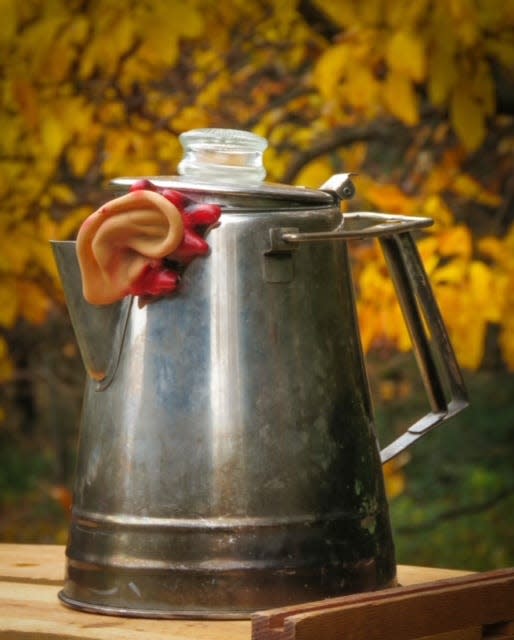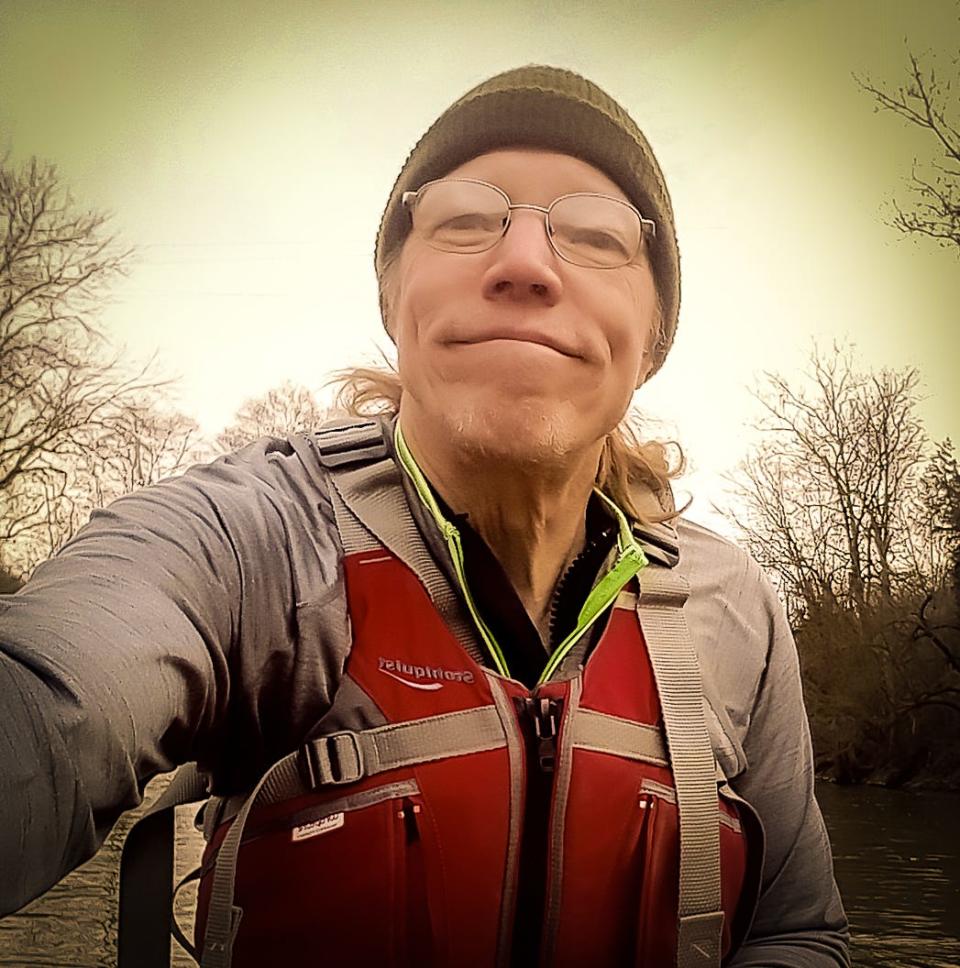Crafting a campfire horror story — one body part at a time
Most of my campfire stories can’t be shared in mixed company. So I was intrigued when I came across an online article at Thesaurus.com titled “How to Write a Scary Camp Story.”
I asked myself, “What if I actually could write a horror story suitable for a broader audience?”
Not that I’ll ever find myself before a broader audience. But you never know. So I read the article.
“At the heart of every scary story is a good monster,” the author wrote.
“What could be better than a good monster?” I asked myself.
Obviously, lots of good monsters — preferably a horde of gory little monsters hell-bent on a macabre quest.

The author also recommended setting your story in a time and place relevant to your audience.
For scary campfire stories the setting is a no-brainer — the campsite itself. Especially ours. Our cooler water alone harbors evil organisms that could twist your intestines inside out. Not to mention the array of sharp objects — things like axes, knives, and tent stakes with jagged corroded edges, some already stained with our own blood.
So, for my story, I took the author’s recommendations and ran with them. Like any good horror story, mine is based on a real event. More or less. And, like our cooler water, from there it took on a life (or death) of its own.
It started on a weekend canoe trip on the Mohican River
We were setting up a shuttle for a weekend canoe trip on the Mohican River. Barney and I were riding in his beat-up old pickup — a work truck he hadn’t bothered to clean out. The bed was filled with jagged sheet metal with sharp edges protruding in every direction.
Two desperate-looking couples flagged us down at the Spellacy Covered Bridge. Their faces were pale and their clothes spattered with mud. They were soaked to the bone. A woman, who looked slightly less haggard than the others, explained that their canoes had gotten away from them and they needed a ride back to the livery. There was no room in the cab, so Barney told them to hop in the back.
We could hear them talking among themselves and bitterly complaining about the godawful bumpy ride. As we got closer to the livery, we noticed it had gotten quiet back there. Barney pulled into the canoe livery parking lot and got out to lower the tailgate.
“Oz,” he said, his voice trembling, “you’d better come look at this.”
I got out and walked around to the back of the truck.
The sheet metal had cut our passengers to pieces.
Barney and I looked at each other in disbelief.
“What are we going to do?” he asked.
“No sense letting it spoil our canoe trip,” I said.
After most of the blood and assorted organs drained out of the truck bed, Barney closed the tailgate and we went on our merry way.
At our put-in point, we rinsed the blood off our river bags, which had been partially shredded by the jagged metal. We threw them into our canoes and headed downstream.
We set up camp and were lounging by the campfire when we began hearing strange noises. They seemed to be coming from all around us — the canoes, the river bags, our tents.
Barney shined his flashlight toward the front of his tent. A dismembered foot hobbled out from under his rainfly and vanished into the brush. I heard what sounded like a fish flopping around in my cooler. I went to investigate, slowly opened the lid, and found a dismembered hand trying to open one of my beers.
Soon the campsite was crawling with floundering body parts, some trying desperately to reattach themselves to others — but not necessarily the correct parts.
Barney and I jumped into our canoes and paddled off into the night.
The author of “How to Write a Scary Camp Story” also recommended creating a monster that never dies.

“This creepy storytelling method ensures that your listeners imagine that the monster is somewhere beyond the edges of the firelight, just waiting for them,” the author wrote.
Not that I’d want to spoil anyone else’s canoe trip.
This article originally appeared on Ashland Times Gazette: Spooky campfire stories are best based in real life

